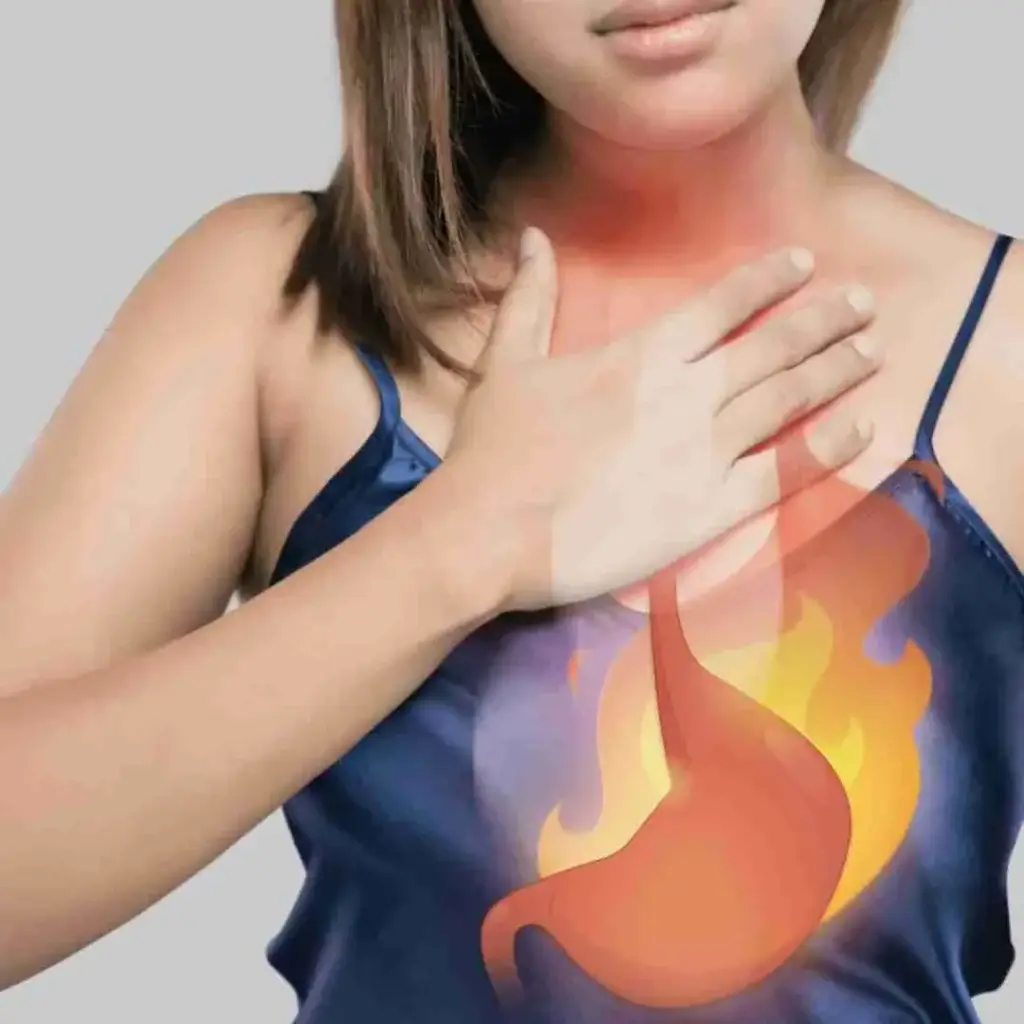WHERE FAT IS LOCATED MAY BE MORE LIFE THREATENING THAN TOTAL BODY FAT
For many years you may have been reading about the importance of keeping your BMI (Body Mass Index) below 25. Above 25 is considered over-weight and over 30 is considered obese.
But there have been many critics of using BMI to determine health and mortality (likelihood of dying) risks. I have been one of those who questioned the true value of BMI. BMI is a ratio comparing your weight to your height.
If one were to think about it, this is a rather general statistic and makes NO allowance for the fact that some people are just broader than others. Some people are just more naturally muscular than others. So it is not surprising that researchers have recently confirmed that at least for patients with clogged arteries (and it’s my guess , for everyone else too) that the location of your body fat presents a much higher risk of premature death, than an elevated BMI.
Research just recently published in the Journal of the American College of Cardiology, found that for people with clogged arteries, (most of us have no idea if our arteries are clogged or not, until it’s too late) that abdominal fat (belly fat) is a far superior indicator of risk of death than BMI.

The study collected data from 15,000 patients and determined that where the fat is located is more important than carrying a little extra fat throughout the body.
To put it in terms of what your figure might look like, it is better to be pear-shaped (carrying the extra weight in the hips and thighs) than it is to be apple-shaped (carrying the weight around your middle).
The double whammy would be to be apple shaped (excess belly-fat) and also have a high BMI.
So how do you know when you might be at risk, if you can’t use BMI as a measuring device? The answer is that you can use two other measurements that are thought to be better predictors of mortality.
1- Waist Circumference – Just take out a tape measure, make sure you measure at the belly button level and if you are a woman with a waist over 35 inches or a man with a waist over 40 inches, you are at increased risk.
2- Waist to Hip Ratio – This time measure both your waist and your hips (measure the hips around the hip bone which protrudes from the side of the very top of your leg). Then divide the waist measurement by the hip measurement. For women the number should be .80 or less (that is, point eighty, less than one) and for men it should be .95 or less.
This in very important to keep in mind when considering your over all health regimen.
Curt Hendrix, M.S., C.C.N, C.N.S


